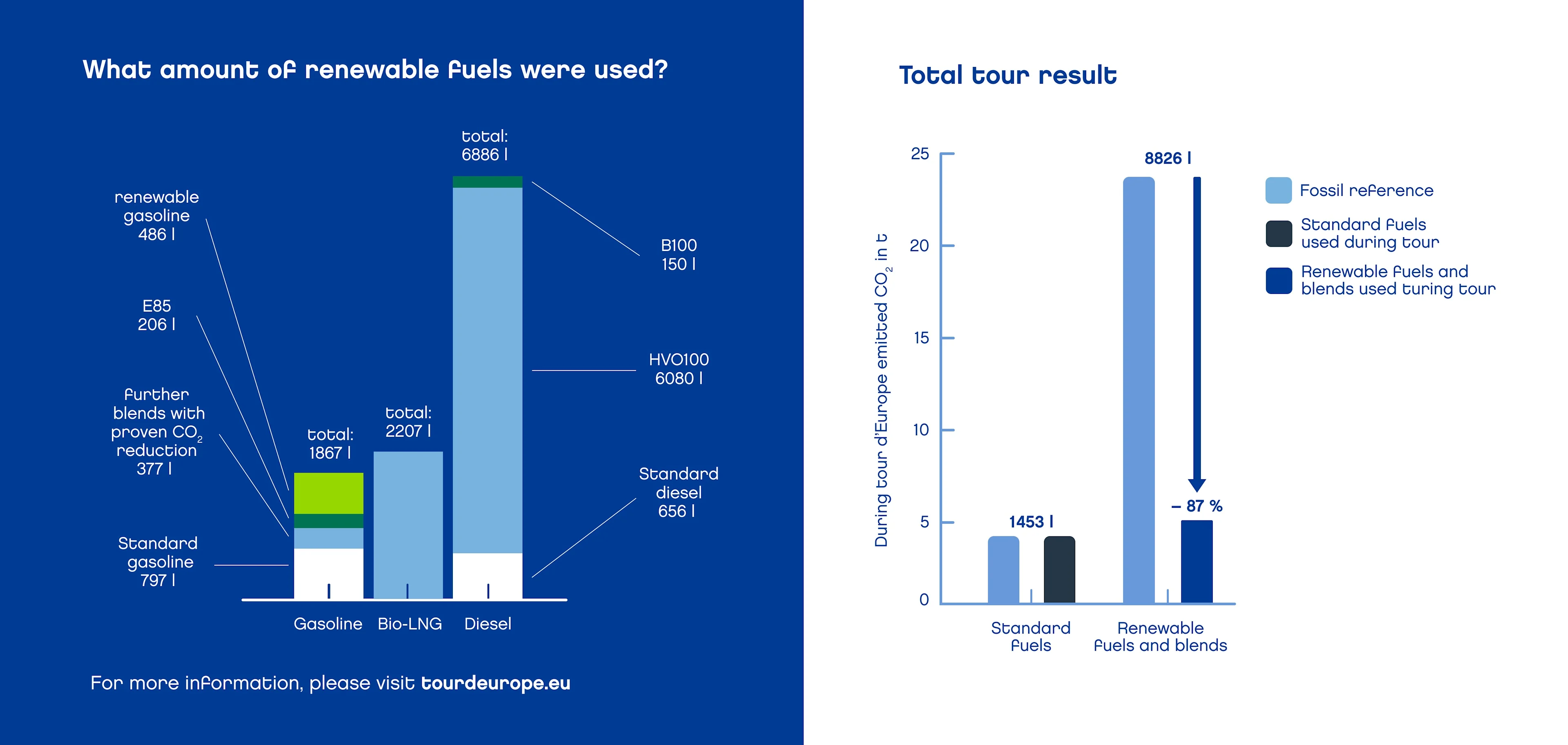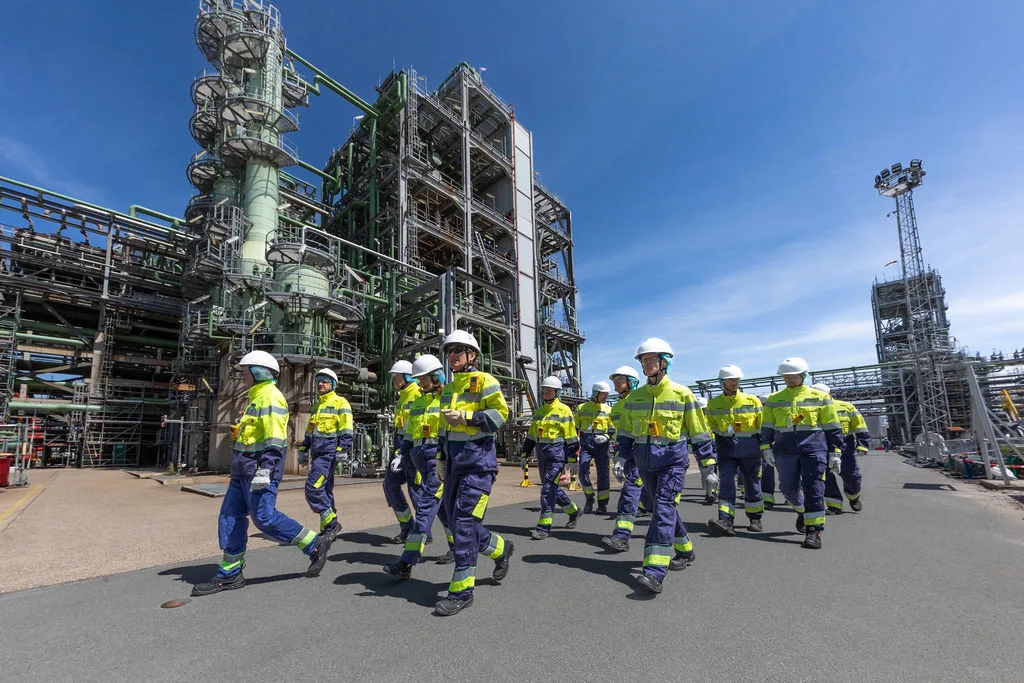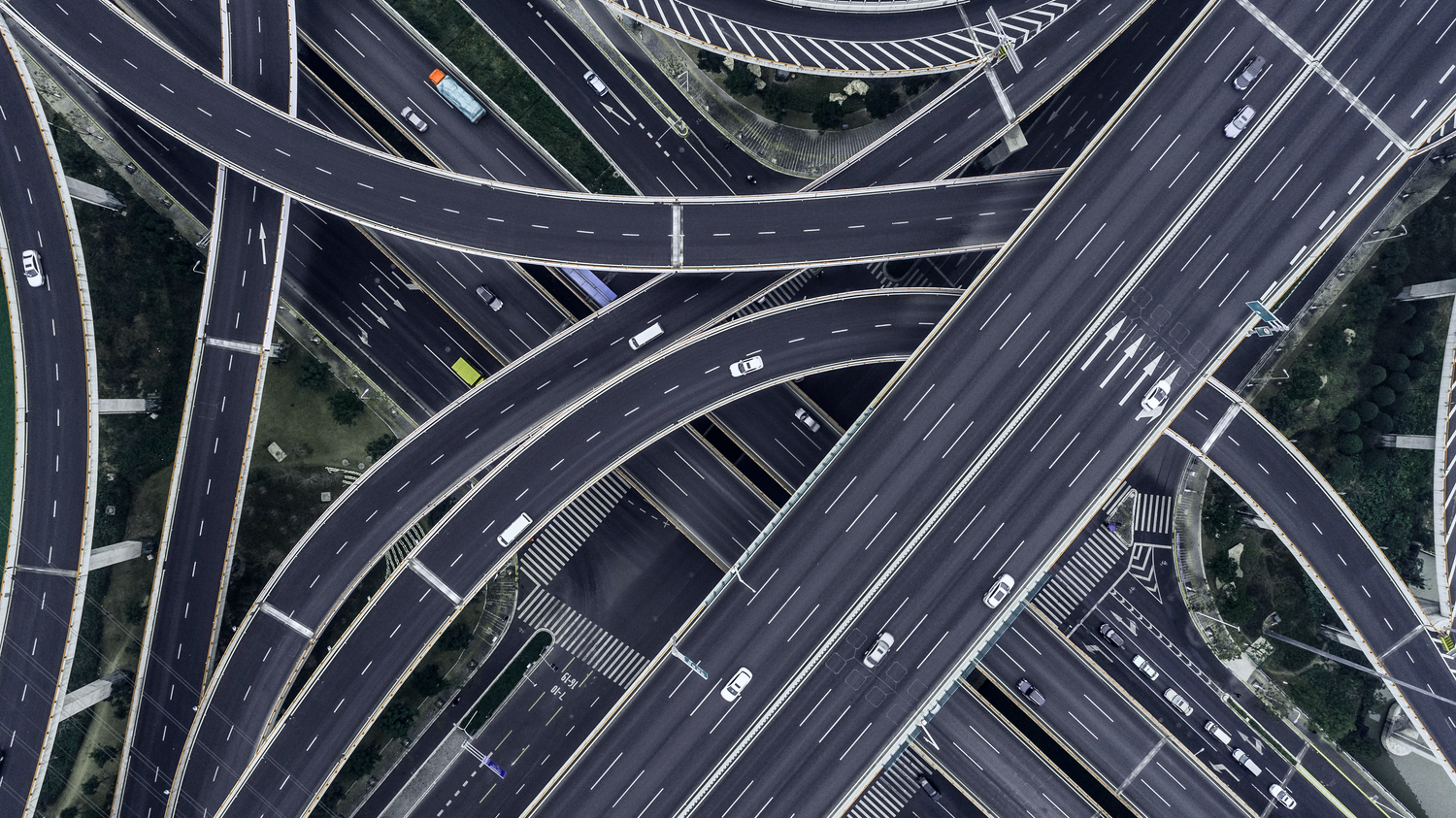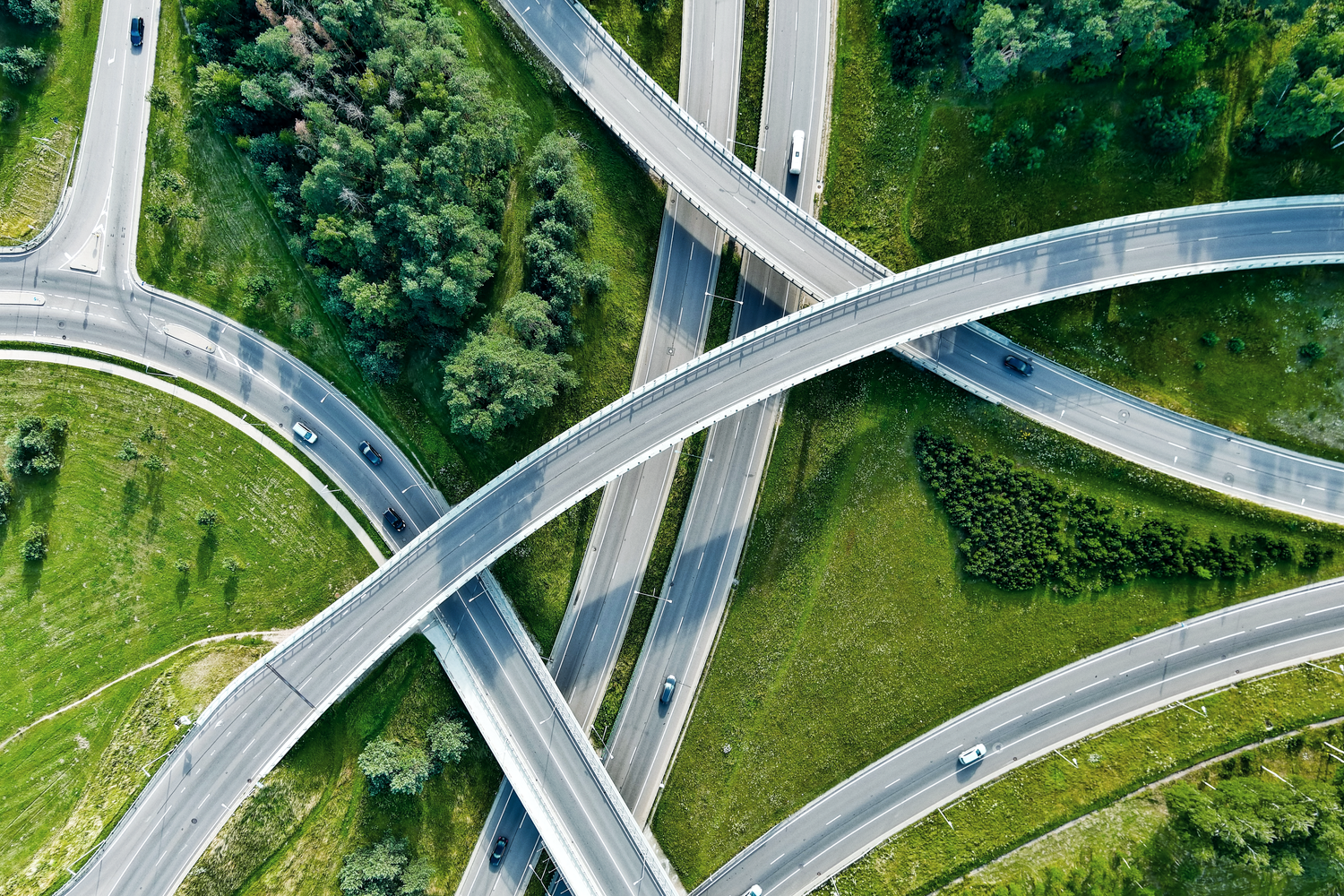
Transportation, News and insights
5 minute read
Driving change: Tour d’Europe showcases accessibility and impact of renewable fuels
For more than six weeks during the spring of 2025, a convoy of passenger cars and heavy duty trucks crossed the European continent on a mission: to prove that renewable fuels are widely available across Europe to significantly reduce transport emissions – not in the future, but today.
The Tour d’Europe initiative, organized by FuelsEurope and Bosch with support from OEMs, associations, and fuel providers, was a rolling demonstration of technology readiness and a call for policy change. The initiative aimed to showcase how renewable fuels, as an existing solution, can contribute to reducing transport emissions.
Covering over 82,800 kilometers across 18 countries, the tour gathered decision makers across the transportation value chain, journalists and policymakers to 70 events. Along the way, there were more than 300 refueling stops. The Tour d’Europe vehicles ran on a variety of renewable fuels, from bioethanol to renewable gasoline, biodiesel and renewable diesel (also known as HVO100).
The results speak for themselves: renewable fuels and their blends made up 86% of all fuel used on the tour, delivering a 87% reduction in greenhouse gas (GHG) emissions on a well-to-wheel basis compared to fossil fuels. Even when accounting for standard fuels used in regions where renewables were unavailable, overall emissions fell by 77%.

Neste’s role: Fueling the journey and the conversation
As one of the participating companies in the Tour d’Europe, Neste supplied Neste MY Renewable Diesel™ – made from 100% renewable raw materials – to several participating vehicles. With the use of Neste MY Renewable Diesel, greenhouse gas (GHG) emissions can be reduced by up to 90%* over its life cycle compared to fossil diesel, making it central to the tour’s success.
But Neste’s involvement went far beyond supplying fuel. The company hosted flagship stakeholder events in Stuttgart and Vilnius, as well as at its refineries in Porvoo and Rotterdam, bringing together policymakers, industry leaders, and fleet operators to discuss the role of renewable fuels in Europe’s transport decarbonization. The tour culminated with a two-day event in Brussels, in the European Parliament and the Autoworld museum.

Alongside these headline events, Neste organized refueling pit stops across its wide station network in Finland and the Baltics and at fuel stations in Sweden and the Netherlands – meeting drivers, demonstrating refueling in practice, and showing that renewable diesel is a drop-in solution, requiring no engine modifications or new fuel distribution infrastructure.
“The Tour successfully demonstrated the immediate impact and large-scale availability of low-GHG-emission solutions such as our renewable diesel. It is crucial to raise awareness about the widespread accessibility of renewable fuels in a larger number of filling stations across Europe, and the simplicity of transitioning to renewable fuels in both new and existing vehicles”
Proving it with numbers
The tour was not just a roadshow – it was a data-gathering exercise. A specially developed digital fuel twin by BOSCH enabled tracking of each refueling event, using vehicle telemetry, GPS, and certification as proof of sustainability from fuel suppliers. This allowed the GHG reduction potential of each fuel to be verified in real time, setting a benchmark for transparent emissions reporting in the sector.
For Neste’s renewable diesel and other renewable fuels used on the tour, the GHG savings were substantial, with fuel-specific reductions ranging from 66.5% to 83.5% depending on raw materials and production processes used. Importantly, only 16% of the fuel used on the entire route was standard fossil fuel – a strong indicator of the progress made in renewable fuel availability across Europe.
"The road to climate neutrality must not be restricted to a narrow pathway that permits only one technological solution. It should be a broad highway with multiple parallel lanes, where all technologies are allowed to compete based on their CO2 reduction potential, cost-effectiveness and consumers’ preferences. The Tour d’Europe has shown the way. Now, it's time for Europe to drive forward." says Liana Gouta, Director General at European Fuel Manufacturers Association.
A call for technology openness
One of the strongest messages to come from the tour is the need for technology-neutral climate policy in Europe. Current CO₂ standards for vehicles measure only tailpipe emissions, which means renewable fuels receive no recognition in compliance frameworks, despite their clear, certified benefits when all GHG emissions over the life cycle of the fuels are considered.
Neste, alongside other Tour d’Europe participants, is calling for a policy approach that rewards life cycle CO₂ reductions – whether they come from electric, hydrogen, or renewable liquid fuels. This is essential for tackling emissions from the hundreds of millions of vehicles already on Europe’s roads.
“Achieving net-zero emissions requires immediate and increasing action, and every liter of renewable fuel used can contribute towards that target. The climate crisis demands a multi-faceted approach and use of all available solutions. Renewable fuels offer a substantial and immediate reduction in greenhouse gas emissions compared to fossil fuels. This vital contribution must be acknowledged in current regulations,” Hultman says.
Looking beyond the finish line
As the convoy’s journey wrapped up in Brussels, the message was clear: Europe has the means to cut transport emissions already today. The Tour d’Europe showed that renewable fuels are available, compatible, and effective – and that the infrastructure and verification systems already exist to support their use.
The challenge now lies with policymakers. By embracing technology openness and recognizing real-world emissions reductions, Europe can accelerate its path to climate neutrality while keeping all solutions on the table.
*) In Europe and Asia-Pacific, calculation method EU RED III (revised RED EU/2018/2001) The GHG emission reduction varies depending on the region-specific legislation that provides the methodology for the calculations, as well as the raw material mix used to manufacture the product for each market.




